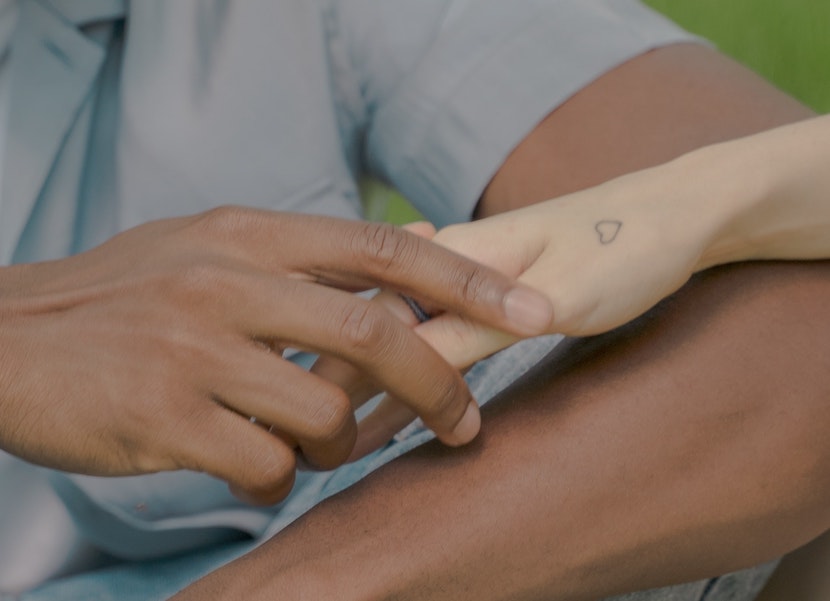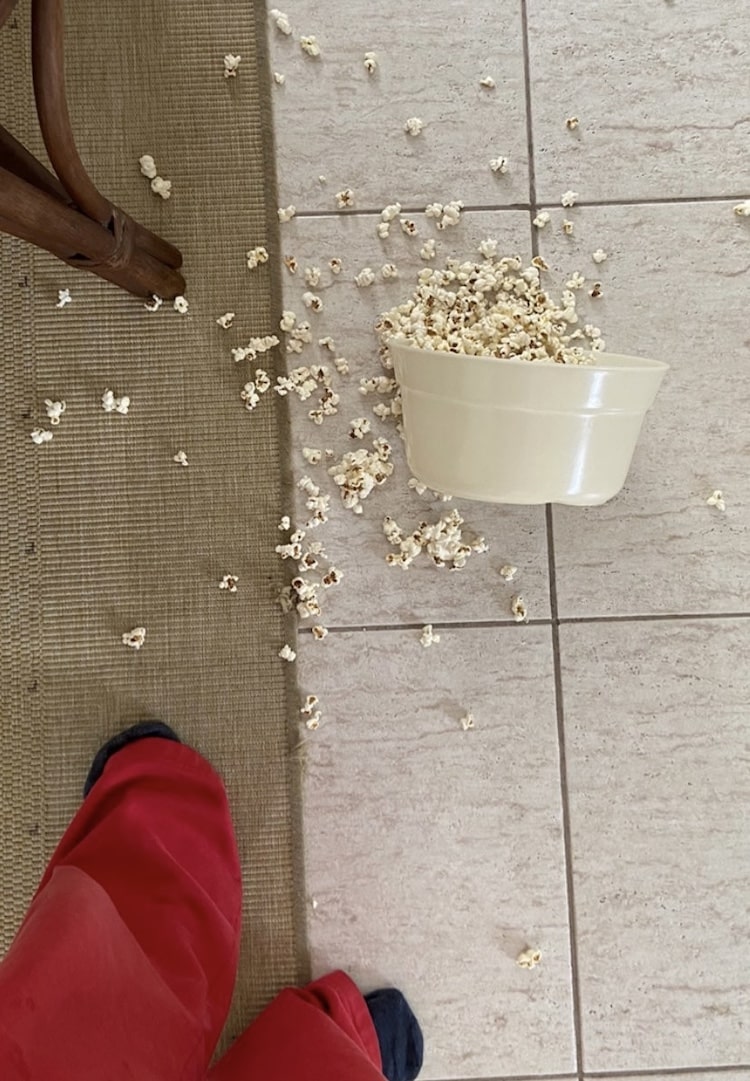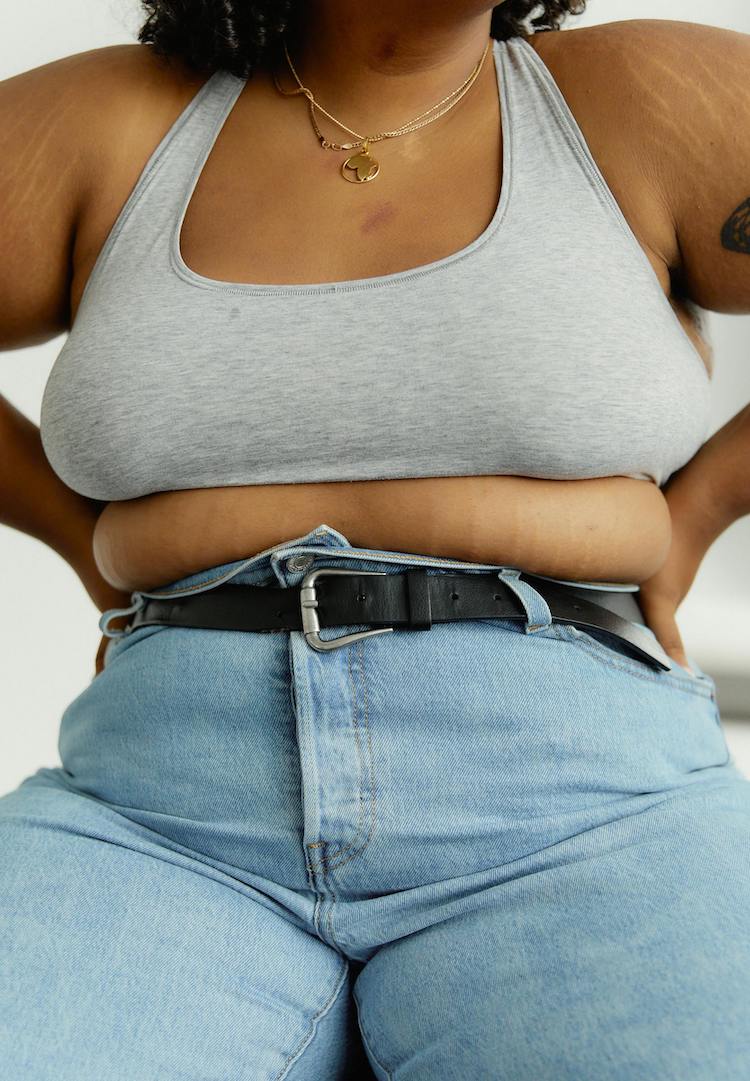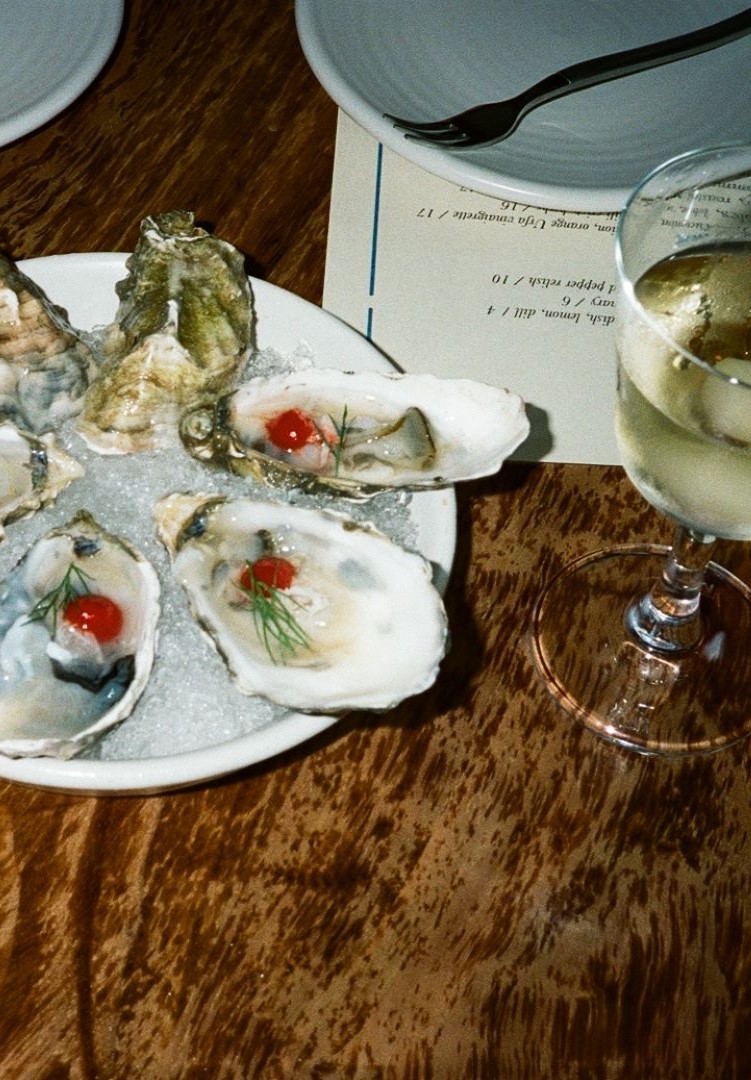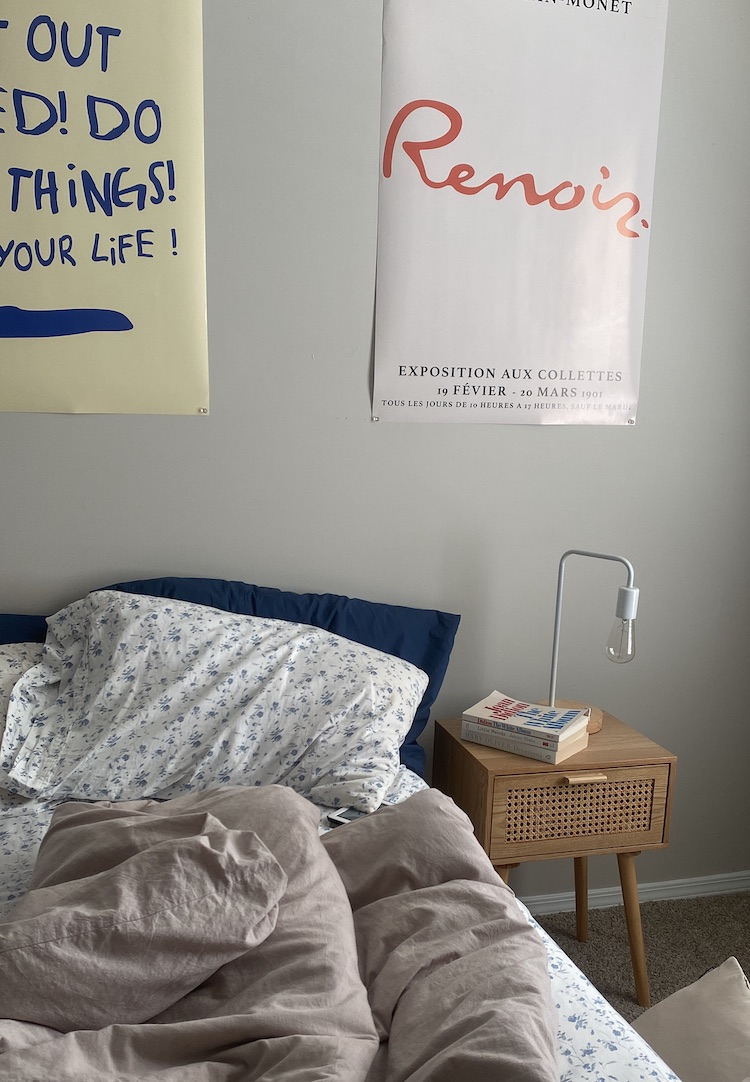What is the orgasm gap and how can we fix it?
WORDS BY HANNAH COLE
Redefining the sexual narrative.
It’s time to get down and dirty; we’re talking orgasms, baby (or the lack thereof). With all the gender inequality in the world, it’s hardly a surprise the cavernous ‘orgasm gap’ exists. Luckily, we have certified sex coach Georgia Grace in hand to offer up some intel.
But firstly, what actually is the orgasm gap? It’s self-explanatory, really – it’s the stark difference between male and female experiences of orgasm. Dr Jane Chalmers, a Senior Lecturer in Pain Sciences at the University of South Australia, discusses the gap in a recent episode of Georgia’s In Bed podcast.
For more sex-related stories, head to our Life section.
She notes that Australian-based research shows around 95 per cent of men will orgasm with their sexual partners, while the number drops to approximately 69 per cent for women. Importantly, this is a stat that, as Georgia points out, is researching cis-hetero experiences. “We know that when it comes to queer sex [and] lesbian sex, [for] people with vulvas that stat goes right up.”
Who (or what) is to blame?
The gap exists thanks to a lack of understanding and education. Typical, cis-hetero sex often excludes people from the pleasure discussion; as a result, many of us simply aren’t getting the stimulation we need.
“Our very linear sex education has taught us that a penis goes in a vagina during sex. That’s great for the penis; that penis is getting the stimulation that it needs and likely really enjoys. But when it comes to people with vulvas, that more often than not isn’t stimulating the external glands of the clitoris, which are important for most people to receive that stimulation at some point or [for] a prolonged amount of time. We need to challenge this sexual script,” Georgia explains.
She proposes a new definition of foreplay: it’s so much more than the few minutes leading up to the ‘main event’ (i.e. penetration). Instead of ‘foreplay’, consider it ‘outercourse’, which as Georgia says, is “anything that is stimulating erogenous zones – that could be oral, massage, fingering, stimulation, humping, toys, all of it”.
As noted both in the episode and in my conversation with Georgia, the pressure we place on ourselves to reach orgasm is also a contributing factor. “Often it becomes so stressful and so frustrating, and all people feel is pressure to achieve and to do and to experience, and that pressure takes you out of your body even more,” she tells me. So does the mental load many of us so often carry – we’re stressed, thinking about all the other things that need to be done, like “buying the presents for the nephew’s two-year-old birthday that isn’t even [our] blood family”.
It might also come down to a lack of sexual confidence – some of us feel hesitant to explore our bodies and masturbate. “Masturbation is a vital tool to learn about pleasure,” says Georgia. Not only does it help us connect to our body, but [it helps us] learn about how we want to be touched and what we need.”
Practical tips for closing the gap
The most important starting point is education. Georgia suggests checking out sex toy brand Normal’s free online course. Her podcast In Bed is also a great educational tool, inspiring and teaching through relatable stories and interviews with renowned researchers and pioneers.
“Another thing to do outside of sex is to work on allowing or bringing more pleasure into your body on a regular and daily basis,” continues Georgia. Make these moments and feelings accessible. Simply notice how the sun feels on your face during the day and find satisfaction. You might observe the warmth that emanates through your body as you slowly sip on a cup of tea, perhaps. “The more awareness we bring to our body, the more sensation we will feel,” she says.
As noted, masturbation is a practice that can really assist you in finding pleasure and reaching orgasm. “Often it is mapping out a bit of an orgasm routine whereby you sit down, you create the context that feels safe – locking the door, putting on some music, having a shower before if that supports you in feeling sensual, getting your lube out, getting your toy – and just giving yourself some time to explore and follow the pleasure.”
Because of the pressure to climax during sex, Georgia suggests that we need to parallel these practical learnings of masturbation and self-touch with counselling skills. Ask yourself ‘What are the blockages?’, then work with the frustration and the shame (and, of course, seek professional help to assist in the process if you need).
I ask Georgia whether male partners may take offence or disengage during this important conversation, to which she reminds me, “How quickly you can make someone come says nothing about your worth”. It’s a process of working through these long-held ideas and “creating a safe environment [where] all people [involved] can just enjoy what pleasure is present and what pleasure is possible”.
“Many people have sex to come but also many people have sex to connect, to feel good, to relieve stress, to have fun, to get curious, to practice being more sexually confident and so on. Move beyond sex equals penetration and redefine sex to include a whole range of sexual experiences,” she explains.
It’s easier said than done. Relieving the pressure and unclenching the fists aren’t always straightforward, but there are fun and exciting practices we can all adopt to challenge the traditional sexual narrative. Find your definition, let go and get to know yourself on a deeper level.
You can listen to Georgia Grace’s podcast, In Bed, here.




